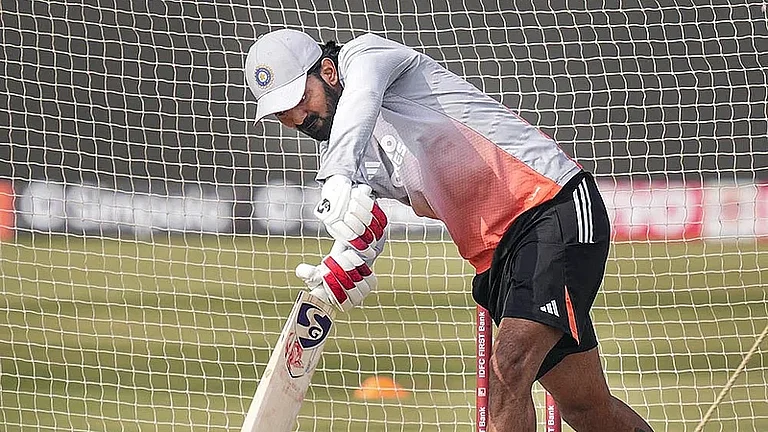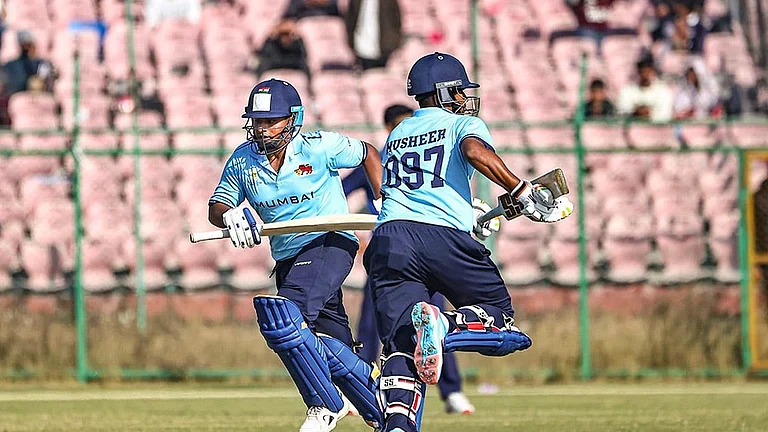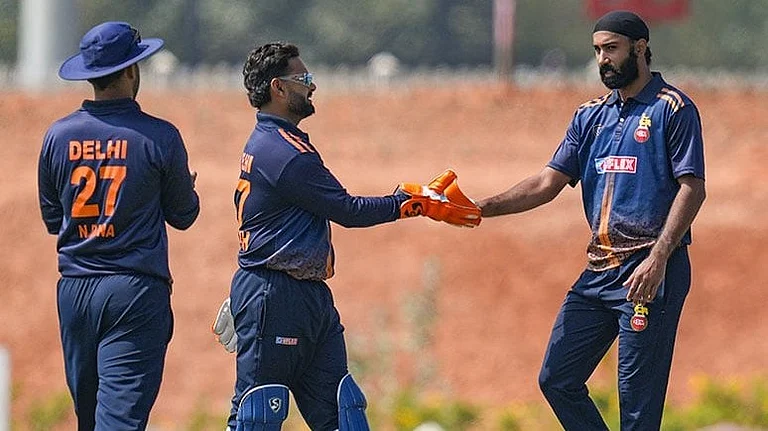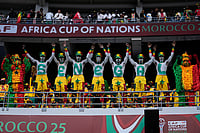Iosif Vissarionovich Dzhugashvili, known to the world by one name—Stalin, is a controversial historical figure. He evokes unabashed admiration in some as the successful nation builder—overseeing the transformation of agricultural Russia into the industrial Soviet state, albeit at great cost. Others find him an odious and loathsome dictator who was responsible for the deaths of millions in famines and ‘revolutionary repressions’.
There are scores, probably hundreds, of books and biographies about Stalin authored by people with the most diverse views—extreme right to extreme left. It would appear impossible to add anything more to the subject of Stalin and his historical role. But Stephen Kotkin, a Princeton professor, wades into this richly populated territory with aplomb. His qualifications to make this attempt are unimpeachable. Apart from teaching Russian history for many years, Kotkin has already written on extensively on Stalin. Stalin: Waiting for Hitler 1928-1941 is the second book of his projected three-volume biography. The first, Stalin: Paradoxes of Power 1878-1928, came out a couple of years earlier.
The sheer size of Kotkin’s books—over 1,000 pages each—is a testament to the prodigious research and the meticulous arrangement of details that helps flesh out a realistic picture of Stalin. And even though Kotkin betrays his own political predilections when he states that this is a book “about authoritarian rule, coercion, manipulation of social divisions and invention of enemies, institutionalised prevarication...”, he allows the facts to tell their own story. The picture that emerges of Stalin is of a person who plays skittles and billiards, loves gardening and steam baths, drinks wine from his native Georgia, smokes a pipe using cigarette tobacco, and a voracious reader, whose personal library had over 20,000 books, most of them annotated.
But few were privy to this Stalin. The majority saw a carefully crafted image of a statesman. Kotkin says that Stalin as a “true heir” to Lenin sought to reshape Eurasia into a diverse Communist bastion and restructure Russia into an industrial socialist society. “We are fifty to a hundred years behind the advanced countries,” Stalin said in 1931. “We must make good this gap in ten years. Either we do it, or they will crush us.” Forced collectivisation ensued. Only that would create the surpluses required to fund industrialisation. “Either we destroy the kulaks as a class,” Stalin said in 1929, “or the kulaks will grow as a class of capitalists and liquidate the dictatorship of the proletariat.”
This goal of building socialism, Kotkin appears to argue, necessitated a dictatorship. Stalin was the man with the right qualities at the right time.
The attainment of the socialist dream came at a heavy price. Millions died in famines. The assassination of Kirov in December 1934 (here Kotkin lays to rest another myth about Stalin being behind the assassination) was the forerunner to the “mass terror of 1936-38” in which conservatively 6,00,000 mostly innocent party workers, government and military officials were executed as “enemies of the state”. Ironically, it is the purges that saw the emergence of such stalwarts of the Soviet military as Zhukov, Konev, Vassilevsky and Rokossovsky.
In Volume 1, Trotsky is Stalin’s primary antagonist, in Volume 2 it is Hitler. Much of it is about the interplay of European powers, particularly Soviet-German ties. Inevitably, the Molotov-Ribbentrop pact that followed the Western surrender of Czechoslovakia to Hitler is dealt with in detail. The pact is shown as Stalin’s pragmatic way to buy time to build his own strength, though, as Kotkin shows, Stalin miscalculated when war would start.
The volume ends with descriptions of Stalin’s activities and thoughts on June 21, 1941, the eve of Operation Barbarossa—Hitler’s plan to invade the Soviet Union. We know how that ends. But Kotkin, with his remarkable scholarship, is likely to pull out many more interesting vignettes in his third volume that will encompass the period from 1941 to 1953, which will give us a clearer understanding of Stalin’s role and lay to rest more myths.
Finally, the image of Stalin that emerges is not of a superhero, but the granular image of a man “of seemingly irreconcilable contradictions”, who although described as “murderous” and “mendacious”, had the ability to galvanise millions. His authority was rooted in his belief in Marxism-Leninism, a dedicated party and a formidable governing apparatus. But the image is far from Mao’s “70 per cent right, 30 per cent wrong” description of Stalin. Although, to be fair to Kotkin, he is not attempting to weigh Stalin on the scale of “right and wrong”.
(The author is Senior Fellow, Observer Research Foundation)





















